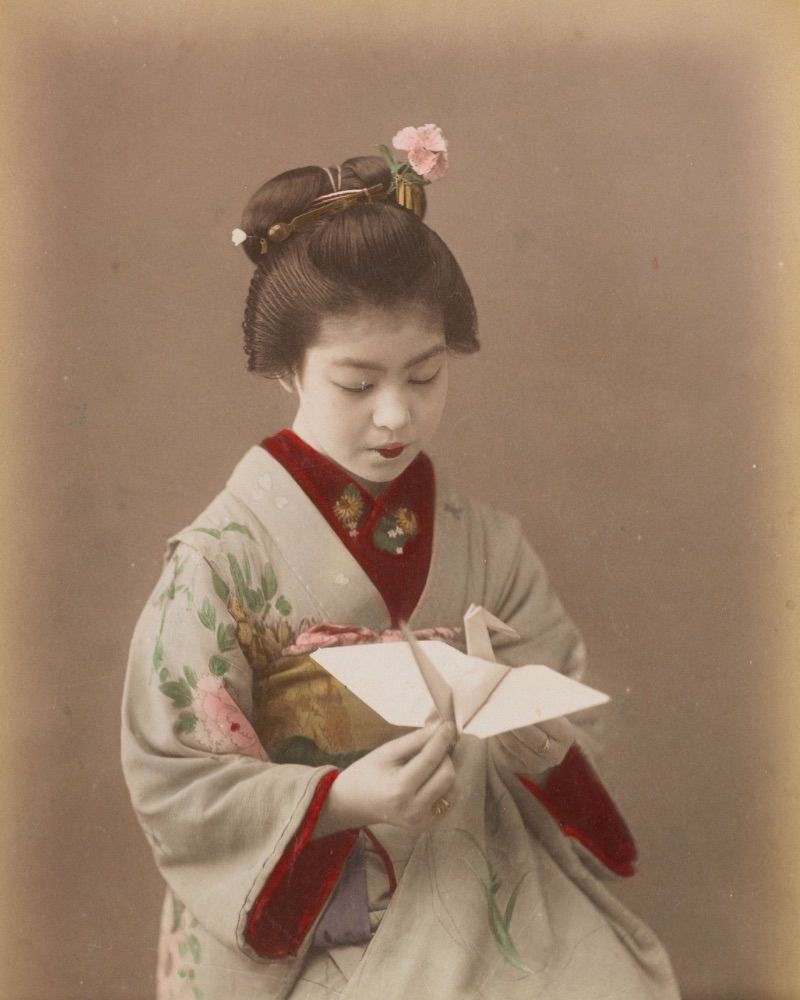Wet-Folding Origami: Sculpting Paper with Precision and Elegance

Origami is traditionally associated with crisp folds and sharp edges, but Wet-Folding Origami introduces a unique, sculptural element to paper folding. This technique uses dampened paper to create smooth curves, lifelike forms, and three-dimensional depth, making it a favorite among advanced origami artists.
What is Wet-Folding Origami?
Wet-Folding Origami is a specialized paper-folding technique where the paper is slightly moistened before folding. The moisture softens the fibers, allowing the paper to be shaped and molded into curves and organic forms. Once the paper dries, it hardens, holding its sculpted shape firmly.
Unlike traditional origami, which relies on precise creases, wet-folding allows for gentle shaping and smoothing, giving the final model a more realistic, artistic, and sculptural appearance. This technique is commonly used to create animal figures, human forms, and abstract sculptures.
The Origins of Wet-Folding Origami
The development of wet-folding origami is credited to Akira Yoshizawa (1911–2005), a Japanese origami master who pioneered modern origami techniques. Yoshizawa introduced wet-folding to add expression and realism to his models, particularly in his animal and human figure designs. His work transformed origami from a simple craft into an artistic and sculptural discipline.
Key Features of Wet-Folding Origami
Wet-Folding Origami stands out from other origami styles due to its unique characteristics:
- Use of Moist Paper – The paper is dampened slightly to allow for shaping.
- Sculptural and Organic Shapes – Models often have rounded edges and flowing curves instead of rigid folds.
- Firm and Durable Finish – Once dry, the paper retains its shape without the need for glue or additional support.
- Best for Thick or Treated Paper – Regular origami paper is too thin; watercolor paper or specially treated origami paper works best.
Benefits of Wet-Folding Origami
Wet-Folding Origami is more than just a folding technique—it enhances both artistic and cognitive skills:
- Creates Realistic and Expressive Models – Animals, faces, and sculptures look more natural with curved, lifelike shapes.
- Enhances Creativity – Artists can experiment with sculpting techniques, making each piece unique.
- Strengthens Fine Motor Skills – Handling damp paper requires a delicate touch, improving hand coordination.
- Long-Lasting Models – Wet-folded origami hardens when dry, making it more durable than traditional origami.
Popular Wet-Folding Origami Models
Some of the most famous wet-folded designs include:
- Origami Elephants – Large ears and curved trunks make them look incredibly lifelike.
- Realistic Birds – Soft feathered wings and smooth curves bring origami birds to life.
- Human Figures – Expressive poses and smooth transitions between limbs create artistic sculptures.
- Dragons and Mythical Creatures – Wet-folding allows for elegant curves in wings, tails, and body posture.
Wet-Folding Origami is an advanced yet rewarding technique that elevates paper folding into a form of sculptural art. Whether creating elegant animals, expressive faces, or fluid abstract forms, wet-folding brings origami to life in a way that traditional folding cannot. If you’re ready to take your origami skills to the next level, exploring wet-folding is a perfect way to add realism and artistic depth to your creations!